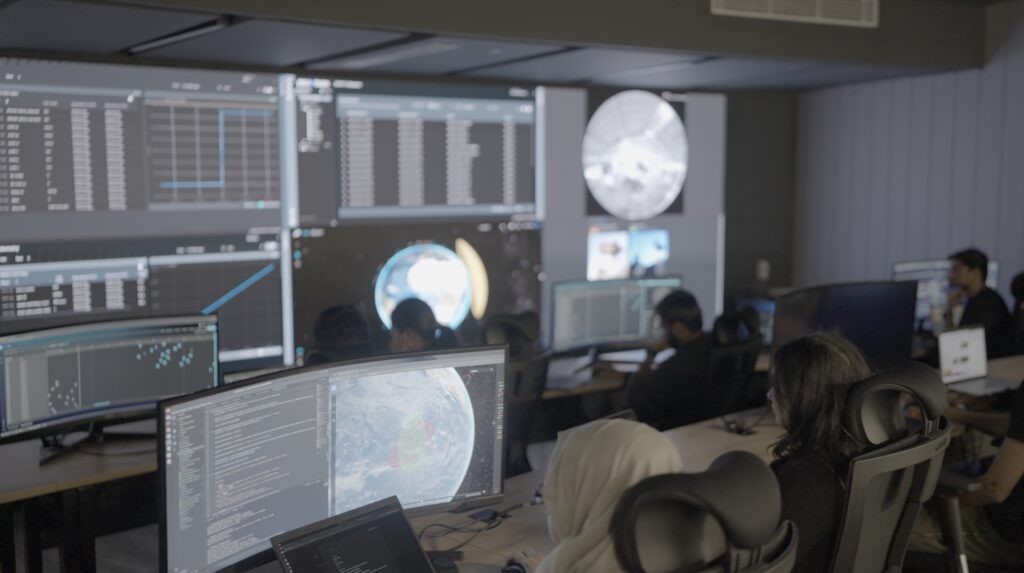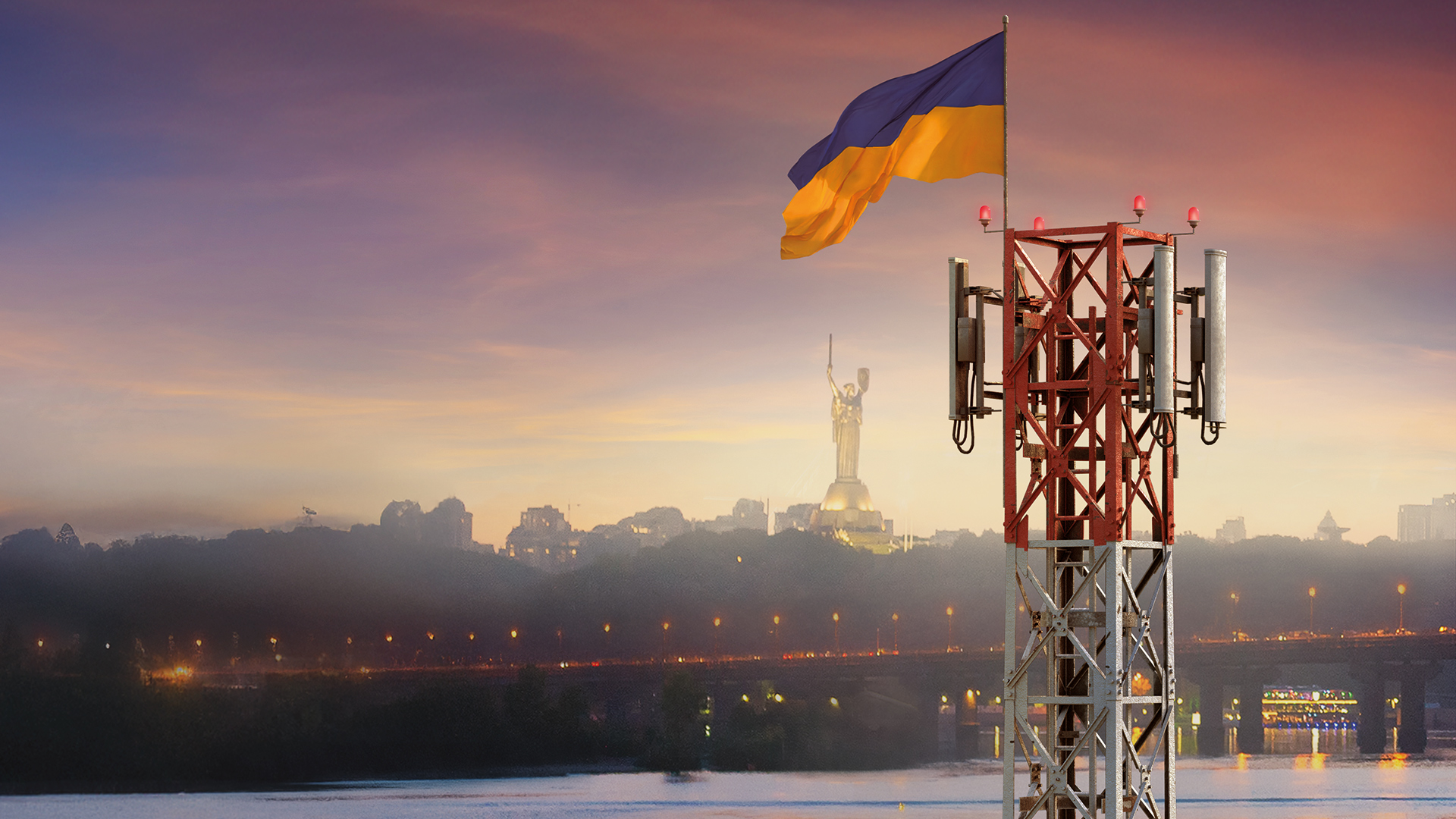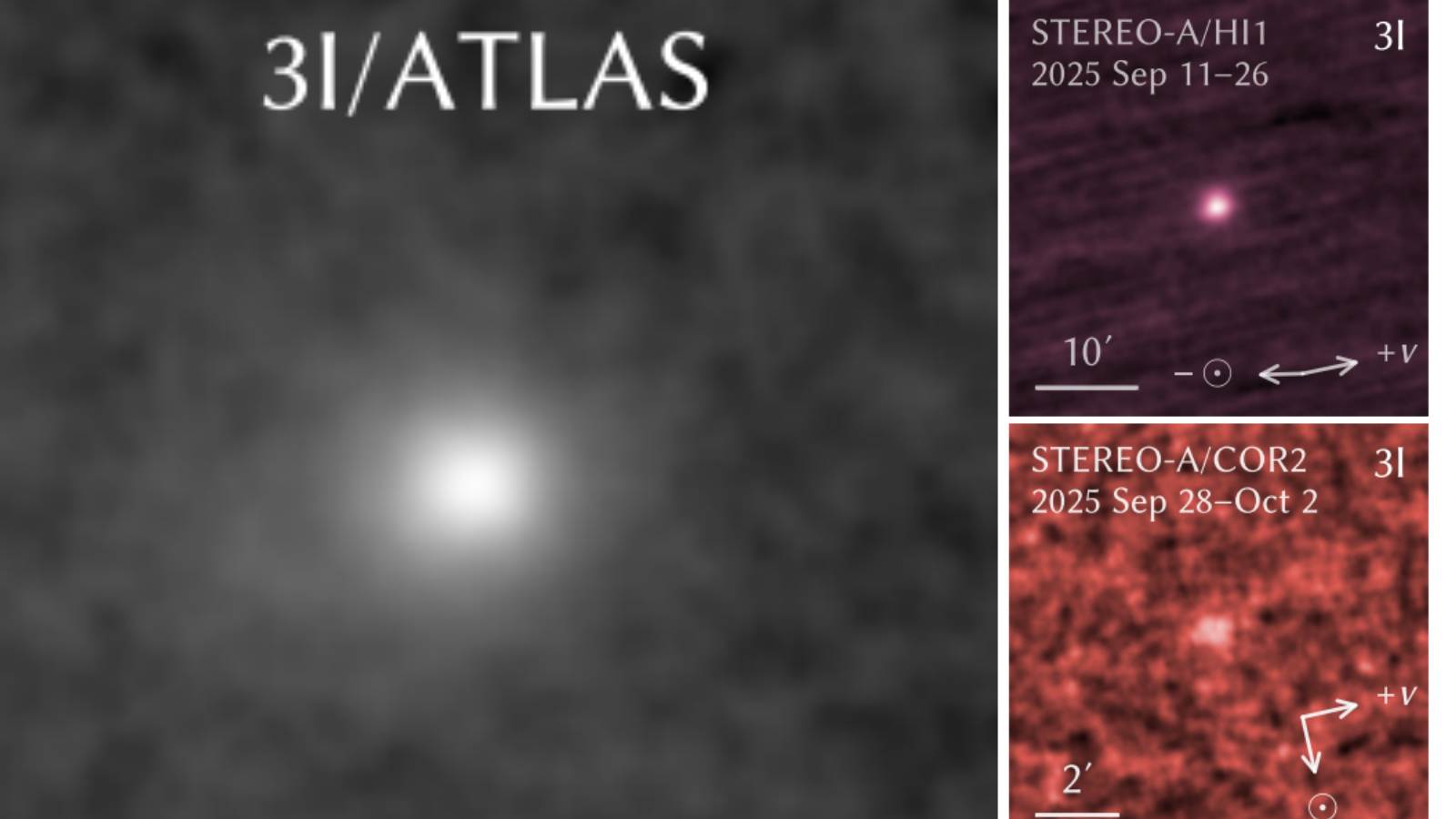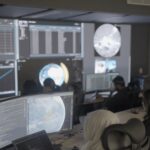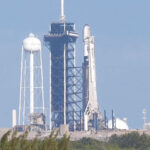Now Reading: Shenzhou-21 completes rapid docking with Tiangong space station 3.5 hours after launch
-
01
Shenzhou-21 completes rapid docking with Tiangong space station 3.5 hours after launch
Shenzhou-21 completes rapid docking with Tiangong space station 3.5 hours after launch

HELSINKI — China’s latest crewed mission arrived at the Tiangong space station Friday, just 3.5 hours after launch from Jiuquan spaceport in the Gobi Desert.
Shenzhou-21, carrying commander Zhang Lu and crewmates Zhang Hongzhang and Wu Fei, docked at the forward port of the Tiangong space station’s Tianhe core module at 3:22 p.m. Eastern (1922 UTC) Oct. 31, according to the China Manned Space Engineering Office (CMSEO).
Zhang, a veteran of the 2022 Shenzhou-15 mission to Tiangong, and his crew will soon join the Shenzhou-20 astronauts already aboard Tiangong, beginning their roughly six-month-long stay aboard the space station.
Shenzhou-20 commander Chen Dong and crewmates Chen Zhongrui and Wang Jie have been aboard Tiangong since April 24. They are set to hand over control of the space station to the incoming crew in the coming days before returning to Earth Nov. 3.
The Shenzhou-21 mission will include a range of science experiments spanning space life sciences and biotechnology, technology tests, fluid physics in microgravity, space medicine, space material science and combustion. It will also include reproduction-related experiments with four black mice which also flew to Tiangong aboard the Shenzhou-21 spacecraft. Extravehicular activities and educational and public outreach events will also be part of the crew’s tasks in orbit.
The Long March 2F carrying Shenzhou-21 lifted off at 11:44 a.m. Eastern (1544 UTC) from Jiuquan Satellite Launch Center, northwest China. The three-stage hypergolic rocket climbed into the clear night sky above the spaceport before jettisoning its four side boosters.
Shenzhou-21 is the seventh three-person mission to arrive at Tiangong since the three-module outpost was completed in late 2022. There are currently two Shenzhou and one Tianzhou cargo spacecraft docked with Tiangong.
Pilot Zhang Lu was a crewmember on Shenzhou-15. Wu Fei, 32, is a flight engineer. He is the youngest member of China’s astronaut corps and previously worked at the China Academy of Space Technology (CAST). Zhang Hongzhang is a payload specialist, having formerly worked as a new energy and new materials researcher at the Dalian Institute of Chemical Physics under the Chinese Academy of Sciences (CAS).
Tiangong space station is the realization of a program approved in 1992, seeing the development of human spaceflight capabilities, the launch of smaller testbed modules and the on-orbit construction of the space station using three Long March 5B launches across 2021-2022.
While China aims to keep Tiangong permanently occupied for at least a decade, CMSEO has also indicated it is preparing to expand the space station in the future with further modules, starting with a multi-functional expansion module with six docking ports.
While the Tiangong secures China’s presence in low Earth orbit, the country is simultaneously advancing toward its next major goal of a crewed lunar landing before 2030.
CMSEO provided an update on its crewed moon program progress in a pre-launch press conference a day ahead of the Shenzhou-21 flight. A spokesperson stated that the main work of the prototype stage has been completed for key hardware for the mission, including the Long March 10 rocket, the Mengzhou crew spacecraft, Lanyue lunar lander, Wangyu lunar suit, and a crew lunar rover.
The first flight of the Mengzhou crew spacecraft and Long March 10 rocket, likely to low Earth orbit, is expected to take place sometime during 2026.
Stay Informed With the Latest & Most Important News
-
 012024 in Review: Highlights from NASA in Silicon Valley
012024 in Review: Highlights from NASA in Silicon Valley -
 02Panasonic Leica Summilux DG 15mm f/1.7 ASPH review
02Panasonic Leica Summilux DG 15mm f/1.7 ASPH review -
 03From Polymerization-Enabled Folding and Assembly to Chemical Evolution: Key Processes for Emergence of Functional Polymers in the Origin of Life
03From Polymerization-Enabled Folding and Assembly to Chemical Evolution: Key Processes for Emergence of Functional Polymers in the Origin of Life -
 04How New NASA, India Earth Satellite NISAR Will See Earth
04How New NASA, India Earth Satellite NISAR Will See Earth -
 05And Thus Begins A New Year For Life On Earth
05And Thus Begins A New Year For Life On Earth -
 06Astronomy Activation Ambassadors: A New Era
06Astronomy Activation Ambassadors: A New Era -
07SpaceX launch surge helps set new global launch record in 2024














